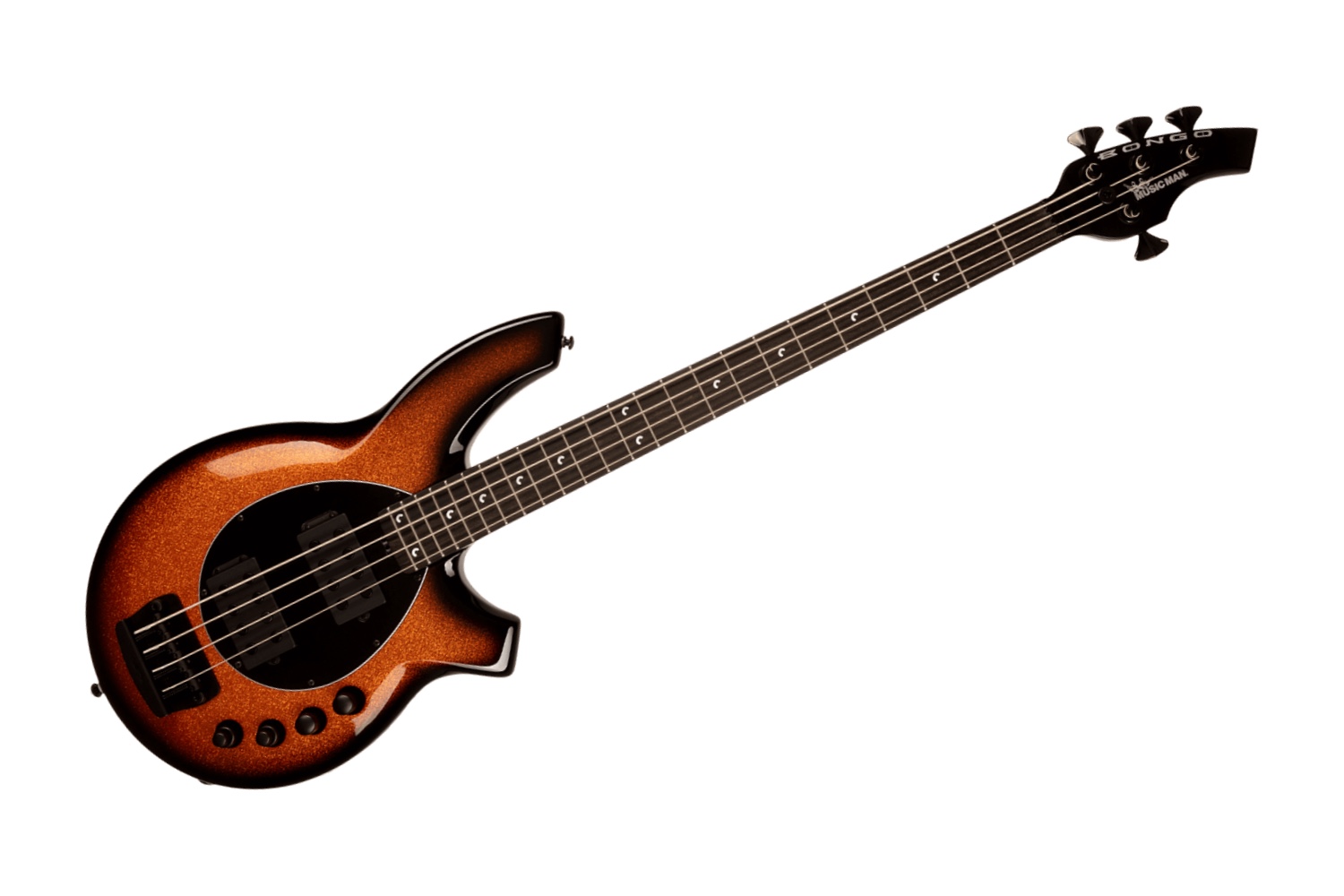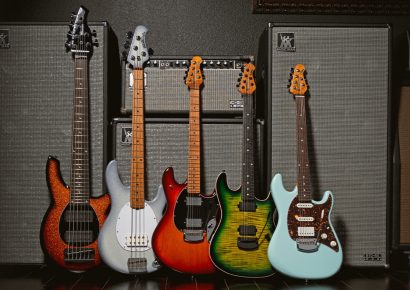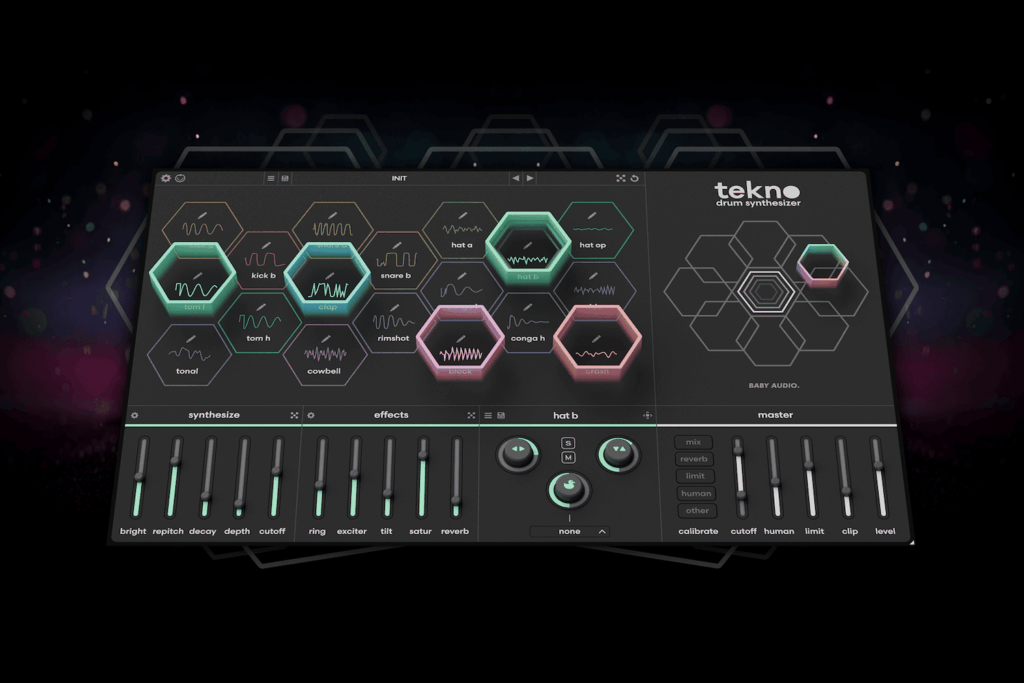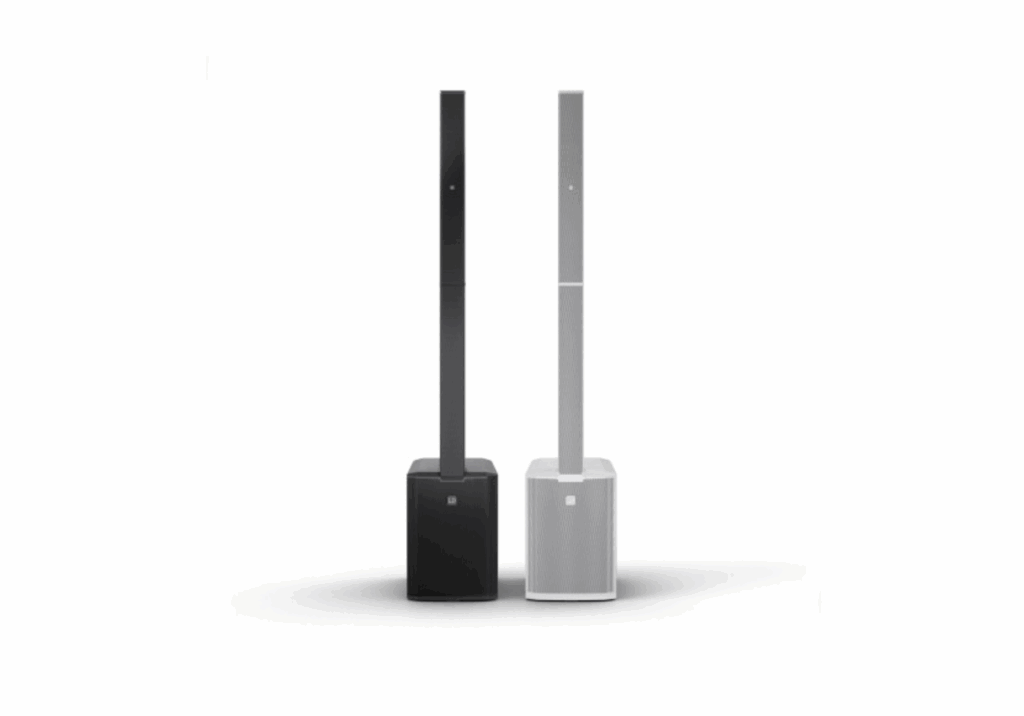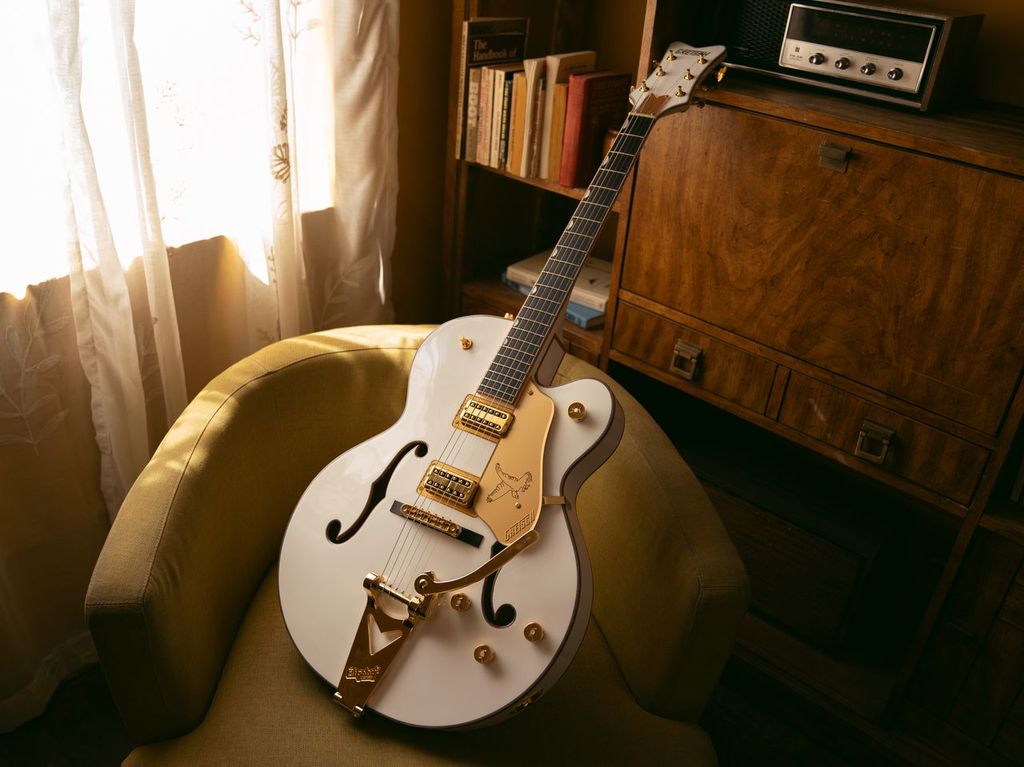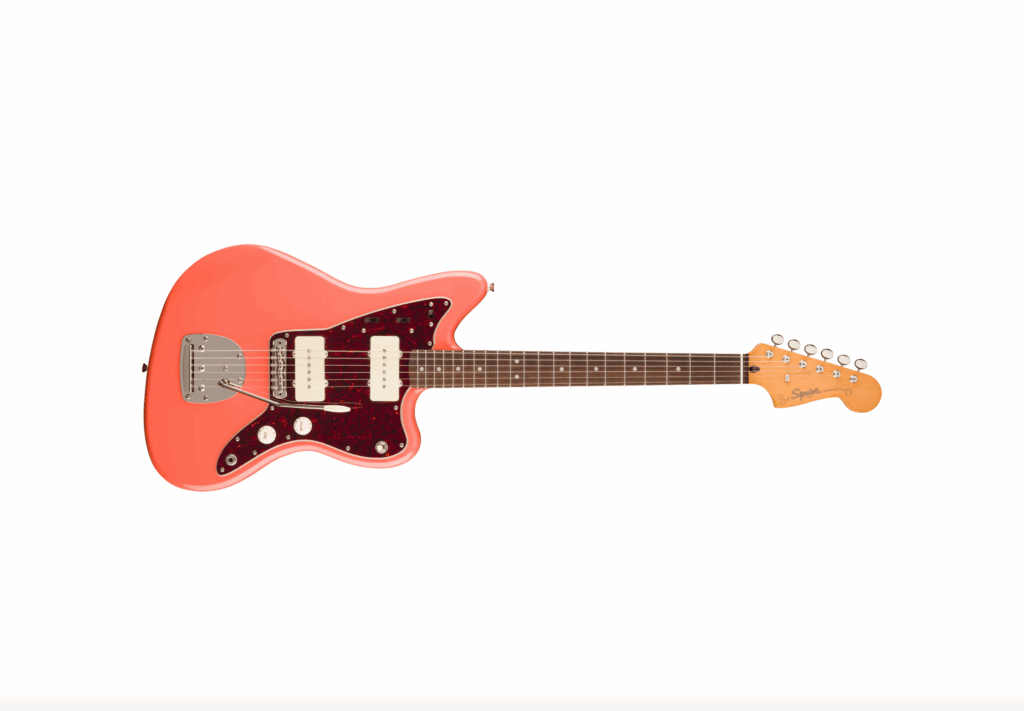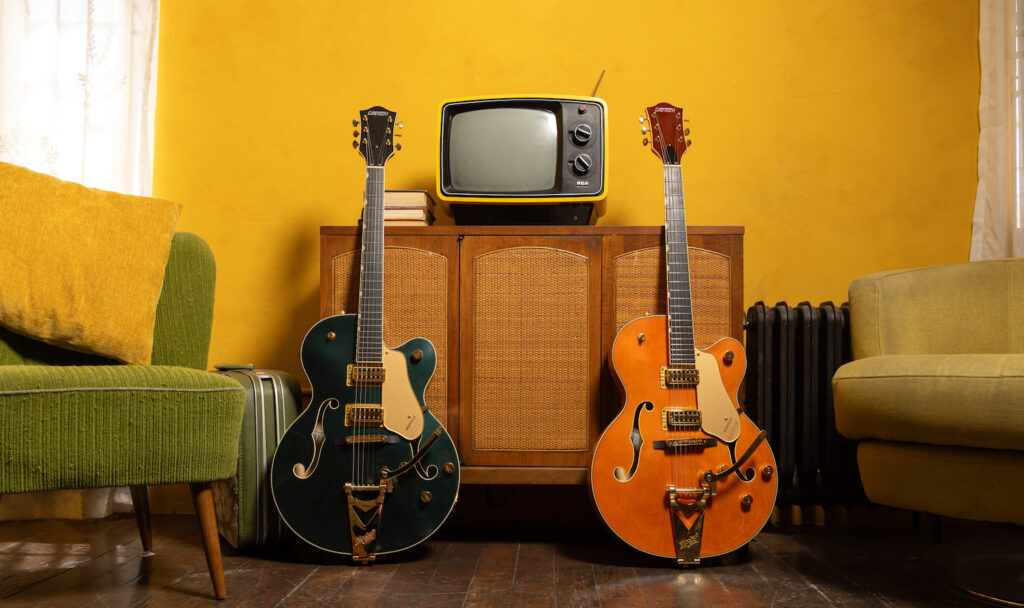Distributed by: CMC Music | cmcmusic.com.au | Enquire for pricing
When we think of consistent and reputable instrument makers, one brand usually springs to mind straight away, and that’s Ernie Ball Music Man. Their legendary StingRay has been a mainstay in the rock, funk and jazz scenes alike for the past half century, and has been donned by bass icons such as Louis Johnson, Gail Ann Dorsey and Bernard Edwards to name just a few.
While the StingRay may be the most popular MusicMan instrument out there, it’s by no means their only solid bass. In fact, since 2003, EBMM have been producing various incarnations of their quirky-looking Bongo bass: a comparatively lighter and differently contoured instrument than the StingRay, but with the same amount of that characteristic punchiness.
The Bongo represents everything a 21st century bass guitar should be: well balanced, comfortable, resonant, and easy to play. The double-cutaway Basswood body design is its aesthetic signature, along with a 24 fret finished maple neck which offers unrestricted access for bassists who enjoy a solo up on high. The new 2021 Bongo, decked out in a cool Harvest Orange finish, boasts two EBMM humbucking pickups, a 4-band EQ, neodymium magnets and an 18V active preamp that equips the instrument with its gloriously resonant and percussive qualities.
The first thing that really struck me about the Bongo bass is how lightweight it is, so if you’re a gigging muso who spends a decent amount of time on stage with a strap hoisted over their nape, you’ll likely appreciate this instrument’s sheer portability.
In terms of sound, the Bongo’s four-band EQ means that you have a world of sonic possibilities at your fingertips, saving you the hassle of trekking over to your amp every time you want to switch up your tone on stage. I started off with all the EQ controls at the centre detent, and as I became more familiar with the playability of the instrument, I began to experiment with the bass, mids and treble settings to great effect.
It’s no secret that Ernie Ball Music Man hold an untouchable reputation when it comes to crafting tactilely responsive instruments, and the Bongo is no exception to the rule. Even with a set of medium-gauge strings — which can sometimes be a tad slack depending on the bass — the Bongo’s set-up allows you to really dig into the strings to get the most out of those accents, or conversely, play lightly whilst still yielding a clear and even tone.
Moreover, the low end capabilities of this bass are an absolute game-changer: for those who regularly gravitate towards a P-Bass in order to cut through the mix, you’ll be delighted at how well the Bongo fares in this respect. On the other hand, if you’re aiming for a more trebly sound, grab a plectrum and enjoy the steely vibes this bass has to offer.
One of the nicest features of the Bongo is the control that lets you pan between the two pickups: the neck humbucker is a fair bit grittier than the bridge, and lets off an imposing growl that sounds otherworldly when treated with some fuzz or phasing. On the other hand, if you’re a slapper/popper looking for that clean, percussive StingRay sound, you’ll want to pan closer towards the bridge pickup.
The Bongo’s exceptionally lightweight Basswood body affords it some serious sustaining power, no matter what register you’re playing in. This is perfect for bassists who adhere to the Leland Sklar school of ‘Less Is More’: that is, relying on fewer notes and really letting the harmony do the talking. For the shredders out there, just switch over to that booming neck pickup and get stuck in.
Players who aren’t too accustomed with Ernie Ball basses may need some time to adjust to the fret size, especially if you’re coming from an instrument such as a Jazz Bass with a comparatively thinner neck. However, the slightly larger frets on the Bongo will almost certainly do wonders for your left hand agility in the long run, so just think of this as a technique bolsterer of sorts.
In terms of the aesthetics of the bass, some of the colour schemes on offer may not be everyone’s cup of tea, in which case you can always go for the classic Stealth Black design. Additionally, the contour and overall shape of the bass is fairly quirky, but I guess that’s just part of the left-field approach to guitar craftsmanship that sets Ernie Ball Music Man in a league of their own.
I’d honestly be hard-pressed to name another bass that’s as ergonomic yet versatile as the EBMM Bongo Bass HH. While it’s usually been associated with progressive metal bassists such as John Myung and Jari Kainulainen, I personally think that the Bongo has heaps more to offer across a variety of genres, and wouldn’t be surprised to see many a funk rocker sporting it in the not-too-distant future.
At its current price point, the Bongo may be a bit steep for some; however, if you’re after durability, portability and purity of tone, then it may well be worth some serious consideration.
Check out the Bongo 4 HH in all its glory over at Ernie Ball Music Man’s website.
